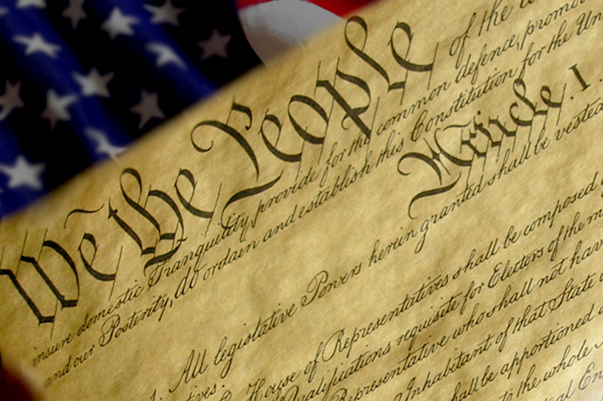October is Connected Educators Month. Being a connected educator can mean many
things. It could mean discussing
strategies for working with a challenging student with a teacher down the hall,
collaborating on lesson plans with a teacher in another school in your
district, or corresponding with someone you met at a conference about
instructional strategies. As illustrated
in these examples, connected educators are nothing new; however, today’s
digital world offers endless possibilities for teachers looking to
collaborate.
Online tools such as Facebook, Twitter, LinkedIn, Google+, webinars,
blogs, forums, etc. offer today’s connected educators an unprecedented
opportunity to further the field of education within their classroom, school,
district, and nation. The establishment
of a Personal Learning Network (PLN) provides teachers with a form of
personalized professional development that cannot be matched by any inservice
or workshop. A PLN provides educators
with personalized, just-in-time access to lessons, advice, resources, research,
and, perhaps most importantly, inspiration.
It is also important to remember that today’s learners live
in a connected world. They spend
countless hours viewing pictures on Instagram, creating videos on Vine, sharing
on Twitter, watching videos on YouTube, etc.
Today’s students have technology embedded in nearly every aspect of
their life. This digital world
necessitates an evaluation of how we, as educators, approach learning. The creative, collaborative process students
use daily, can also benefit teachers. By
becoming connected, teachers are able to deepen their understanding of
students’ lives and to access the collective resources, creativity, and wisdom
of the world’s educators.

I encourage all teachers to check the U.S. Department of
Education’s
Connected Educators
website.
This site offers a number
of valuable resources including a Starter Kit, a calendar of events,
edConnectr, and many more.
Many teachers have already discovered that Twitter
provides a valuable tool for connected educators to collaborate.
Connected Educators Month discussions can be
found at #CE13.
#SSChat also offers
valuable tools for any social studies teacher.
Connected Educators Month organizers also maintain a
Facebook page and
Google+
community to share resources and promoted discussions.
A simple search will reveal many other sources related to Connected Educators Month. Regardless of what tools we use, all
educators owe it to our students to become more connected.
In the spirit of connectivity, I would like to share some
online sources that I frequent:
This is certainly not a comprehensive list,
but rather a starting point.
I encourage
everyone to share some of their favorite sources with another teacher.
As a connected educator, I would like to expand my PLN by
connecting with passionate educators who want to collaborate for the benefit of
all our students.
Connect with me via
Twitter or
LinkedIn.












